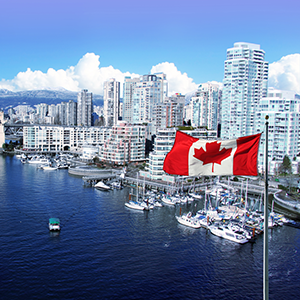There has been a lot of information to digest recently regarding developments in Customs and Trade Compliance in Australia.
The minutes from the first quarterly Compliance Advisory Group meeting (CAG) and Goods Compliance Updates (GCU) for 2017 were recently published, with some important issues for industry to be aware of.







